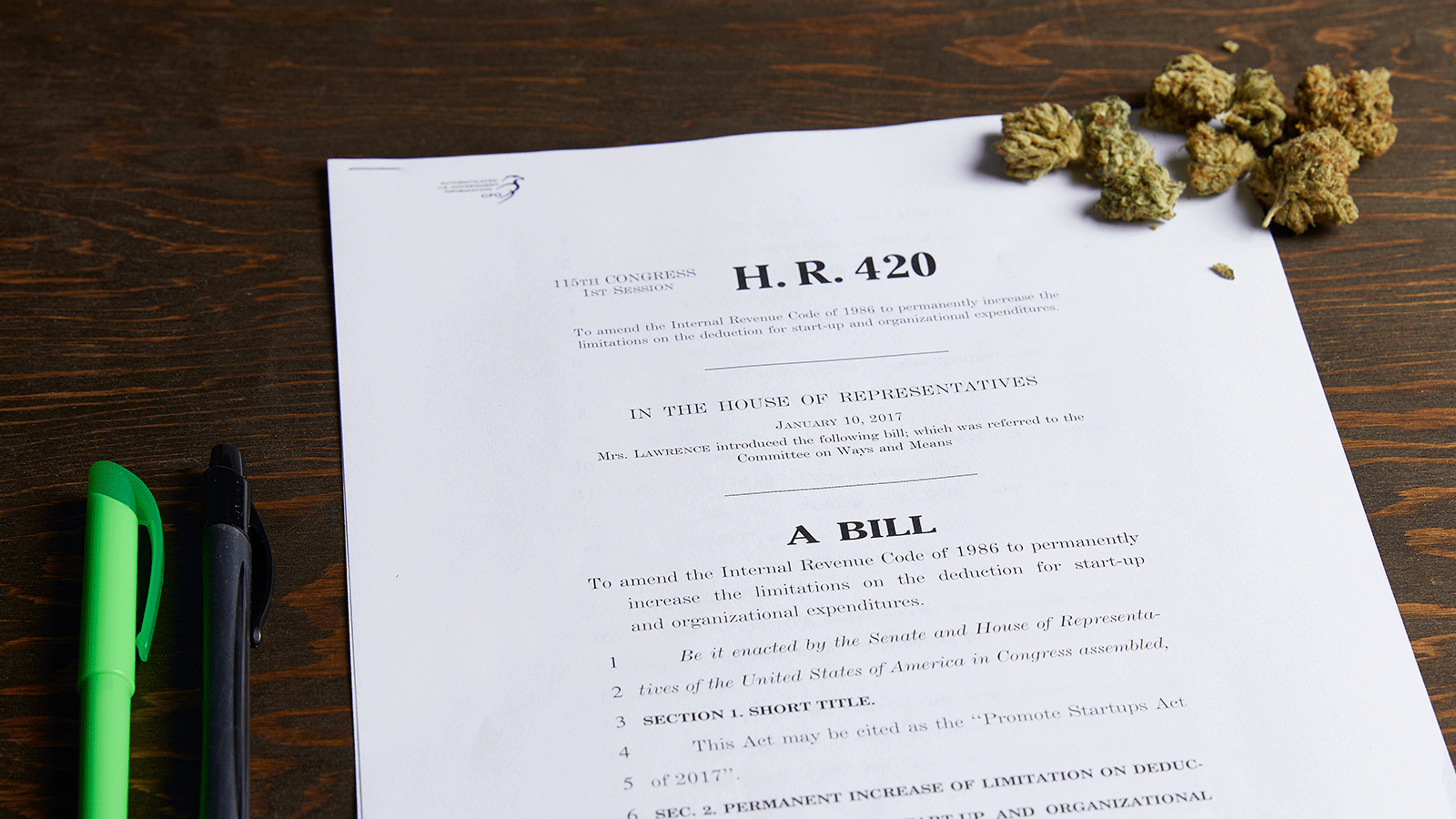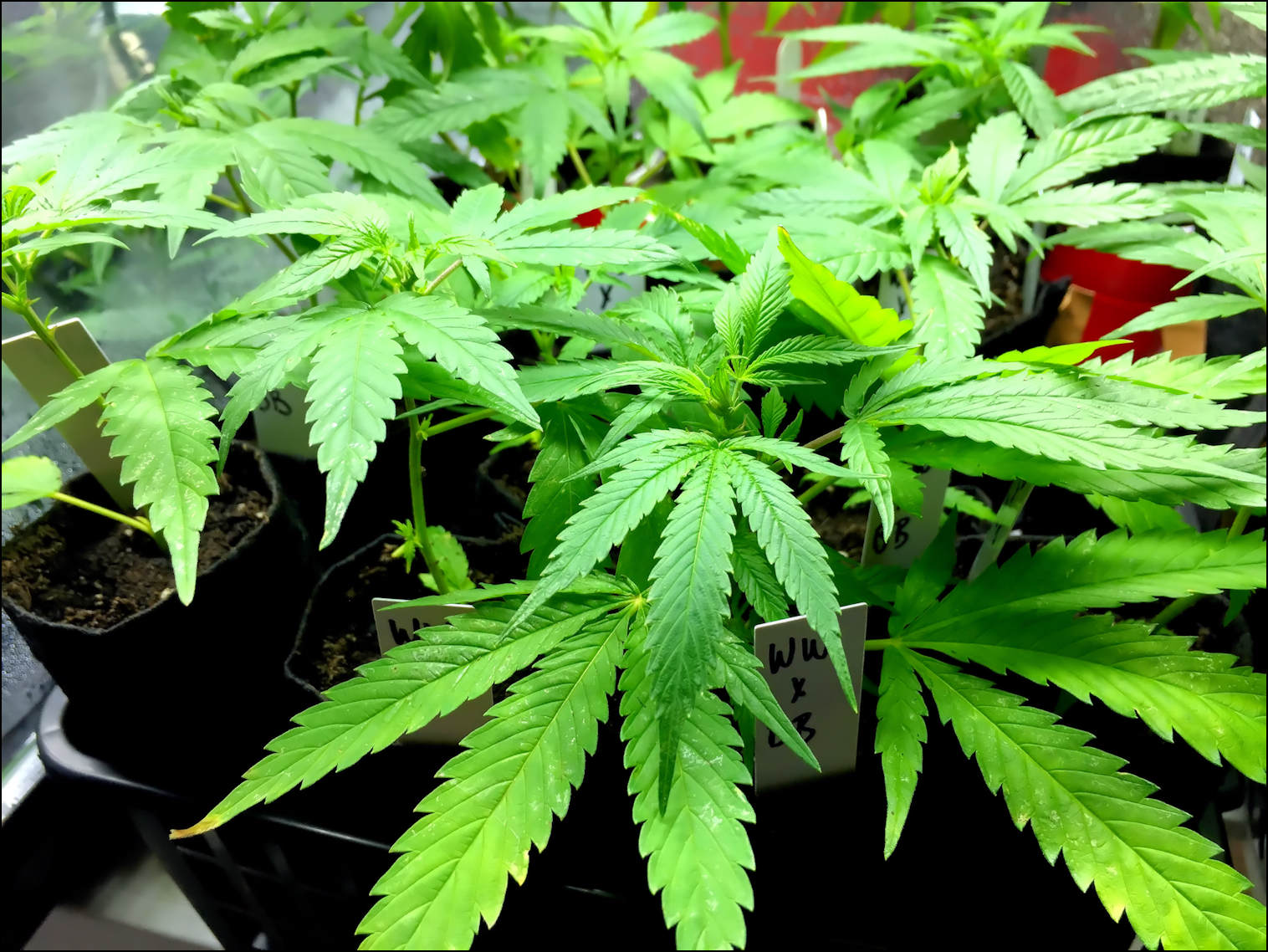
In a move that shows how cultural views are changing toward marijuana, state and federal lawmakers have introduced three marijuana reform bills with the number 420. Now even politicians know that 420 is cannabis culture shorthand for consuming weed.
Here is a look at the three potentially groundbreaking bills:
U.S. Senate — S 420
Democratic U.S. Sen. Ron Wyden of Oregon is targeting reform through S. 420, the Marijuana Revenue and Regulation Act.
“The federal prohibition of marijuana is wrong, plain and simple,” Wyden tweeted. “Too many lives have been wasted, and too many economic opportunities have been missed. It’s time Congress make the changes Oregonians and Americans across the country are demanding.”
The federal prohibition of marijuana is wrong – plain and simple. Too many lives have been wasted and too many economic opportunities have been missed. It’s time for Congress to respect the will of the voters in Oregon and nationwide, who are demanding common-sense drug policies.
— Ron Wyden (@RonWyden) February 8, 2019
Wyden’s S 420 bill aims to remove cannabis from the Federal Controlled Substances Act (CSA), impose a federal excise tax, establish a Federal Marijuana Administration to permit cultivation and sales, and provide additional funding for the Alcohol, Tobacco, and Marijuana Tax and Trade Bureau.
“S. 420 may get some laughs,” Wyden wrote in an email to Forbes, “but what matters most is that it will get people talking about the serious need to end failed prohibition,”
U.S. House — HR 420
Another Oregon lawmaker, Democratic Rep. Earl Blumenauer, in early January 2019 introduced HR 420, the Regulate Marijuana Like Alcohol Act. It would rename several federal regulatory and law enforcement bureaus and change their jurisdictional authorities.
The major thrust of the bill would legalize cannabis by removing it from the CSA, which categorizes marijuana as a Schedule I substance “with no currently accepted medical use and a high potential for abuse.”
Enforcement of marijuana laws would move from the Drug Enforcement Administration (DEA) to a renamed Bureau of Alcohol, Tobacco, Marijuana, Firearms and Explosives (ATF). The U.S. Food and Drug Administration (FDA) also would be mandated to regulate marijuana with the same authority it has for alcohol.
If the bill becomes law, additional federal agencies would see their names and responsibilities changed.
The Alcohol, Tobacco and Marijuana Tax and Trade Bureau would be redesignated from the Alcohol and Tobacco Tax and Trade Bureau. In coordination with the FDA, the bureau would assume oversight authorization. The ATF would have marijuana added to its law enforcement responsibilities.
“While the bill number may be a bit tongue in cheek, the issue is very serious,” Blumenauer wrote in a press release. “Our federal marijuana laws are outdated, out of touch and have negatively impacted countless lives.”
The transportation and shipping of cannabis would remain banned into states that have not legalized medical or recreational use.
“Congress cannot continue to be out of touch with a movement that a growing majority of Americans support. It’s time to end this senseless prohibition,” Blumenauer said.
Minnesota House — HF 420
On the heels of Michigan‘s vote in November 2018 to legalize adult use, becoming the first Midwest state to do so, lawmakers in Minnesota are getting on board, too.
Introduced Jan. 28, 2019, by 16 Democratic-Farmer-Labor (DFL) lawmakers, HF 420 aims to allow individuals 21 and older to use, cultivate, and purchase cannabis in the state. The bill would give the state the power to regulate everything associated with the industry, including studying health effects, testing, advertising, labeling, and packaging. Also, some marijuana-related criminal records could be expunged.
One of the bill’s authors, DFL Rep. Mike Freiberg told TheHill.com the legalization issue is destined to “become inevitable in Minnesota.”
According to a poll conducted by Twin Cities ABC affiliate KSTP-TV and SurveyUSA in November 2018, 56 percent of Minnesotans gave marijuana legalization a thumbs-up.
Just like S. 420 and H.R. 420, HF 420 was drafted to give Minnesota a running start in controlling and regulating the fledgling cannabis industry. “The issue of cannabis legalization is one that’s moving incredibly fast around the country,” Freiberg said in a StarTribune.com report. ”We have two options in front of us. One is to get in front of this issue and put strong public health protections in place and the other is to wait for it to come to us.”















